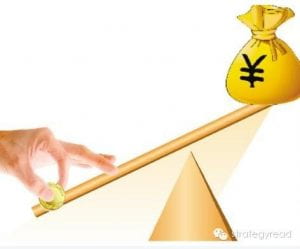I did some research on “leveraged buyouts” and some of the online descriptions were too esoteric for me to understand, so I tried to describe them in my own words. So, the leveraged buyout(LBO) is a strategy in which a company or individual uses its assets as collateral for debt to buy another company. During a transaction, the acquirer’s cash expenditure is minimized. In other words, leveraged buyouts are a way to acquire or control other companies.
The salient feature of leveraged buyouts is that the acquirer borrows large amounts of financing to pay for (most of) the transaction costs in order to make the acquisition. Usually 70% or all of the total purchase price. Meanwhile, the acquirer borrows against the target company’s assets and future earnings. Interest on the loans will be paid through the future cash flow of the acquired company.
Leveraged buyouts cannot be mentioned without reference to the 1980s takeover of Reynolds – Nabisco (RJR Nabisco). I’m sure you can find this on the Internet, so I won’t go into too much nonsense to describe it. In all, the deal, dubbed “the Big buy of the Century”, shook the world at $25 billion, making it the biggest leveraged buy-out in history.
What really interests me about this topic is that it’s a gambling, high-risk, high-return, high-skill approach to corporate acquisitions. With enough brains and guts, it could be as successful as RJR Nabisco above, but for the average person, like me, what I have to think about is that leveraged buyouts are very risky. Since most of the money acquired by the company is borrowed, the principal and interest should be repaid regularly. If the cash flow and profit of the acquired company are not stable, it is very likely that the interest will not be paid, and the company is likely to go bankrupt. So as I said before, leveraged buyouts are a high-risk, high-return business, and I urge all my friends to be cautious about investing.

